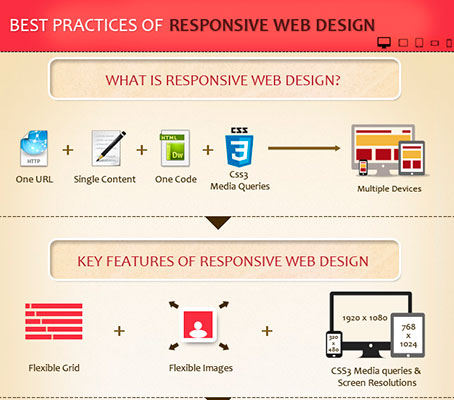Intrigued In Finding Out How Web Site Layout Has Transformed For Many Years? Explore The Progression From Basic, Straightforward Designs To User-Centered Strategies That Prioritize The Demands And Preferences Of On-Line Site Visitors
Intrigued In Finding Out How Web Site Layout Has Transformed For Many Years? Explore The Progression From Basic, Straightforward Designs To User-Centered Strategies That Prioritize The Demands And Preferences Of On-Line Site Visitors
Blog Article
Article Writer-Abel Wong
In the past, internet sites were straightforward and focused on information. Navigation was direct, and design was for desktop computers. Currently, customer experience is crucial. Data overviews styles for very easy navigation. Responsive formats suit different tools. Today, dark mode reduces stress, and minimal menus enhance navigation. Interactive attributes engage customers, and strong visuals stick out. AI integration increases involvement. See exactly how style has actually evolved to boost your online journey.
Very Early Days of Website Design
In the early days of website design, simpleness preponderated. Web sites were basic, with limited shades, typefaces, and formats. The emphasis got on providing information instead of fancy visuals. Customers accessed the web with slow dial-up links, so rate and functionality were vital.
Navigation menus were straightforward, generally located at the top or side of the web page. Web sites were made for home computer, as mobile surfing had not been yet common. Content was king, and designers focused on easy readability over complicated style elements.
HTML was the key coding language used, and developers had to function within its restraints. seo optimization seo and interactive features were marginal compared to today's criteria. Internet sites were fixed, with little dynamic web content or personalized user experiences.
Increase of User-Focused Style
With the evolution of internet site style, a change towards user-focused style principles has actually ended up being significantly popular. Today, producing internet sites that focus on customer experience is crucial for engaging visitors and attaining service objectives. User-focused design involves comprehending the demands, choices, and actions of your target market to customize the web site's design, content, and features appropriately.
Developers currently perform detailed research, such as individual studies and usability screening, to gather insights and comments directly from users. This data-driven approach helps in developing intuitive navigation, clear calls-to-action, and visually enticing interfaces that reverberate with site visitors. By putting the user at the facility of the design procedure, websites can supply an extra personalized and delightful experience.
Receptive design has also become a crucial facet of user-focused design, guaranteeing that websites are maximized for numerous devices and screen sizes. This adaptability boosts access and use, accommodating the diverse means individuals engage with sites today. Fundamentally, the increase of user-focused design indicates a shift towards developing digital experiences that prioritize the demands and expectations of the end customer.
Modern Trends in Web Design
Discover the most up to date patterns shaping website design today. One noticeable trend is dark mode design, providing a sleek and contemporary appearance while reducing eye stress in low-light settings. https://arthurnidyt.techionblog.com/29903198/picking-the-appropriate-neighborhood-seo-provider-for-your-organization is minimalist navigation, streamlining menus and enhancing user experience by focusing on essential elements. Integrating micro-interactions, such as computer animated switches or scrolling results, can produce a much more engaging and interactive web site. Receptive style continues to be critical, guaranteeing smooth individual experiences throughout various devices. Additionally, making use of bold typography and asymmetrical layouts can include visual passion and accentuate certain material.
Incorporating AI innovation, like chatbots for consumer support or tailored suggestions, improves customer engagement and enhances procedures. Accessibility has also come to be a considerable trend, with developers focusing on comprehensive design methods to deal with varied user requirements. Welcoming sustainability by optimizing website efficiency for speed and performance is one more emerging trend in web design. Working together with user responses and information analytics to iterate and boost style continually is important for staying appropriate in the ever-evolving digital landscape. By welcoming these contemporary patterns, you can create a visually enticing, straightforward website that reverberates with your target market.
Verdict
As you assess the evolution of internet site style from the very early days to currently, you can see just how user-focused style has actually come to be the driving pressure behind modern fads.
Embrace the journey of adjustment and adaptation in website design, always maintaining the customer experience at the center.
Stay present with the latest patterns and technologies, and never ever stop progressing your strategy to develop aesthetically sensational and user-friendly internet sites.
Progress, adjust, and create - the future of website design is in your hands.
